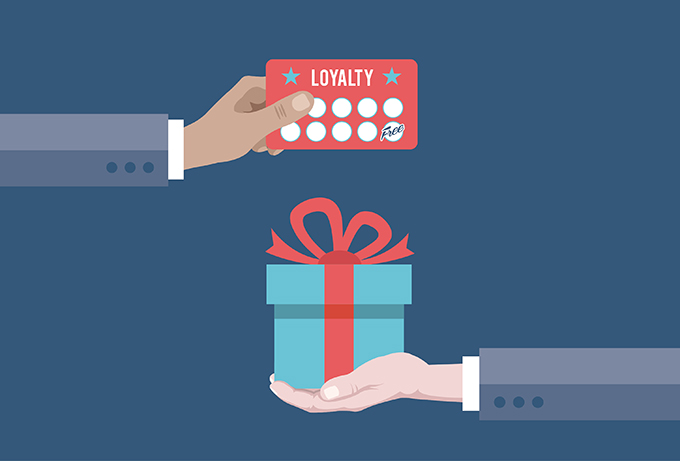Are loyalty programmes still relevant and effective in the retail sector? Andrew Weinberg, CEO of Retail Engage, discusses the new channels of loyalty programmes and how they are run.
In short – yes, the programmes are still relevant and effective. However, the mechanics and channels of how loyalty programmes are run and who they even target has most certainly changed over recent years. In the retail landscape specifically, a number of external factors and developments have transformed this landscape. Some of these factors include the increased access to information via cellular phones, as well as the overall major advancements in technology to capture and mine data.
Not only have marketeers seen a shift in consumer behaviour and buying patterns within the retail space, but even the focus of efforts by retailers and brands of who they should be targeting to see growth in a depressed economy has changed.
54% of the SA population falls between LSMs 3 – 6 with there being an estimated 13 million shoppers in the independent and informal retail sector. These consumers are not traditional, bottom-end or emerging, they make up the ‘main’ market of South Africa. Previously, it was the higher LSMs of eight to ten bracket that was targeted by brands through loyalty programmes and other advertising and marketing touch points, with 70% of spend being focused on this elite and yet smaller audience.
South Africa’s main market (commonly also referred to as the ‘mass market’) didn’t even feature, with over 81% of households not being proactively engaged with. Fortunately in recent years we have seen first-hand how this approach and strategies by brands has changed through the introduction of loyalty programmes like bonsella®, that successfully targets 10 million shoppers and consumers in the independent ‘main market’ sector in South Africa.
Technology has proven to be key to connect with this audience effectively by meeting the needs of the consumers to want to participate and engage with loyalty programmes, while still providing retailers and brands with access to valuable consumer insights. These are critical to brand decision making and driving market share and sales.
A report released by GSMA Intelligence and authored by Jan Stryiak and Mayuran Sivakumaran earlier this year revealed that at the end of 2018, 5.1 billion people around the world subscribed to mobile services, which accounts for 67% of the global population. Furthermore, the report revealed that of the 710 million people expected to subscribe to mobile services for the first time over the next seven years, half will come from the Asia Pacific region and just under a quarter will come from Sub-Saharan Africa.
Every cent matters to the main market, so loyalty programmes need to meet the consumers’ needs of doing their regular shopping while saving money on their monthly airtime spend. There is great success in rewarding shoppers with instant airtime to their mobile phones for products on promotion in-store. Participating stores realise increased sales revenue and increases in average basket size and foot traffic, while brands achieve a significant increase in product sales per campaign.
Not only do I believe that loyalty programmes still have an important role in helping brands realise growth in market share and sales under conditions of severe economic pressure; but loyalty programmes that deliver instant rewards to consumers and leverage on the developments of technology are THE solution to bringing value, experience, trust and connection between brands, retailers and consumers in the main market space. Not just across Africa, but globally.
Read the top 5 stories weekly on WhatsApp or sign up to our newsletter.










